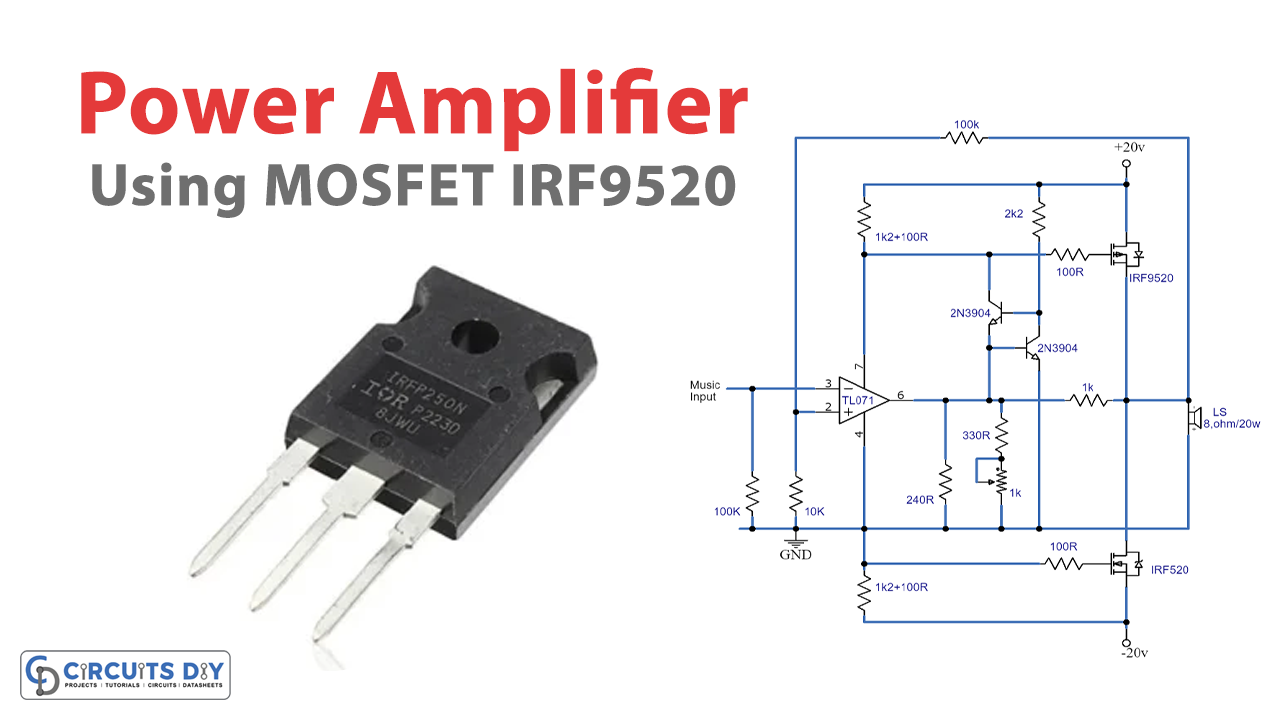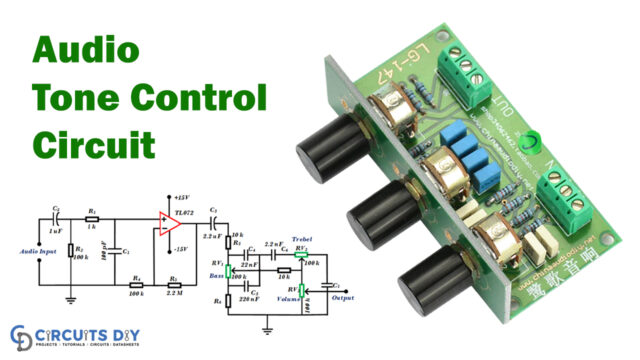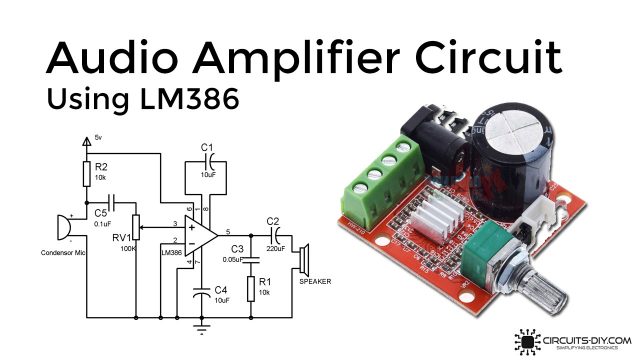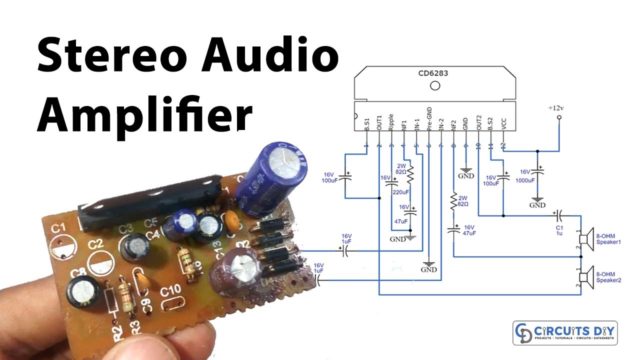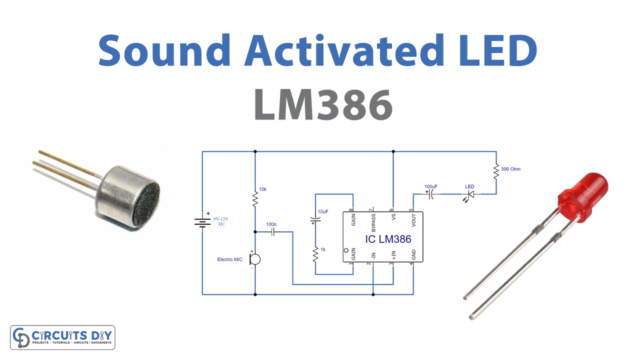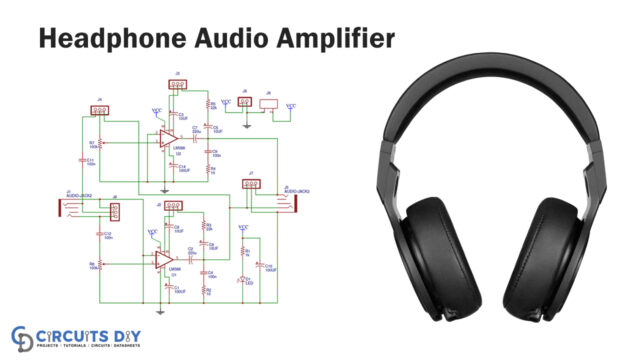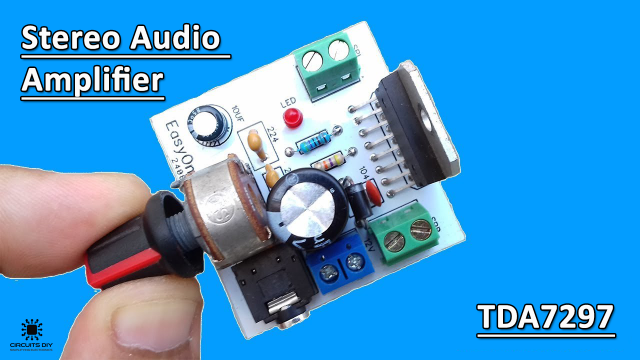Introduction
Designing a MOSFET power amplifier circuit requires careful consideration of several key factors to ensure the highest performance and efficiency. In this guide, we’ll delve into the exciting world of MOSFET power amplification and show you how to design a circuit that delivers outstanding audio quality and power output.
Whether you’re an audio engineer, hobbyist, or student, this guide will provide a comprehensive understanding of the design process and equip you with the skills to create your own MOSFET power amplifier circuit. So, let’s get started and learn how to turn your vision into a reality!
Hardware Required
You will require the following hardware for Designing a MOSFET Amplifier.
| Components | Value | QTY |
| IC | TL071 | 1 |
| Resistor | 100k, 1k3, 100r, 2k2, 1k, 330r, 240R,10k, | 2, 2, 2, 1, 1, 1, 1, 1 |
| Transistor | 2N3904 | 2 |
| Transistor(MOSFET) | IRF9520 | 2 |
| Speaker | 8ohm / 20w | 1 |
Circuit Diagram

Working Explanation
We connect two MOSFETs as complementary drain follower to achieve high-quality audio and power output in this MOSFET power amplifier circuit. The supply voltages and saturation voltages of T3 and T4 control the output current that the MOSFETs provide.
Resistors R8 and R9 drive the opamp and MOSFETs’ feedback mechanism. This feedback boosts the open-loop amplification of the opamp by (1+ R8/R9) and results in a closed-loop amplification of (1+R3/R2) for the entire amplifier.
T1 and T2 form a current source that sets a quiescent current of 50mA for T3 and T4. To prevent the opamp’s direct current from switching on T3 and T4, you regulate the values of R4 and R5.
As the voltages across R4 and R5 rise, they increase the quiescent current through T3 and T4, depending on P1’s setting and the current source. To consider the quiescent current’s temperature dependence, you must mount T2 on the MOSFETs’ typical heat sink (c. 5 K/W).
This design delivers exceptional harmonic distortion levels of 0.075% at 100 Hz and 0.135% at 10 kHz when the output power is at least 20 W into 8 Ohm.
Conclusion
The MOSFET power amplifier circuit is a simple yet effective design that delivers powerful and high-quality audio output. You can achieve excellent levels of harmonic distortion by connecting two MOSFETs as a complementary drain follower. Try this amazing circuit, and if you have any questions or would like further clarification, please leave a comment below. Happy learning!


